Bluetooth is a radio technology that supports short-distance communication between devices (generally within 10m). Over the past few years, we have become familiar with it, as it has become an indispensable module in digital products. The emergence of Bluetooth technology has freed us from the constraints of numerous data cables when connecting various devices, such as speakers, computers, mice, keyboards, and even cars. This technology is the simplest and most convenient method for wireless short-distance communication between two devices, and it also simplifies communication between devices and the Internet, making data transmission faster and more efficient.

Recently, the Bluetooth Special Interest Group (Bluetooth SIG) announced the core technology standards for Bluetooth 4.2. It is reported that the new technology enhances privacy protection, accelerates data transmission speed, and allows devices to connect to the Internet via Bluetooth. Since the inception of this technology, it has undergone many updates. Let us review the development history of Bluetooth technology together.
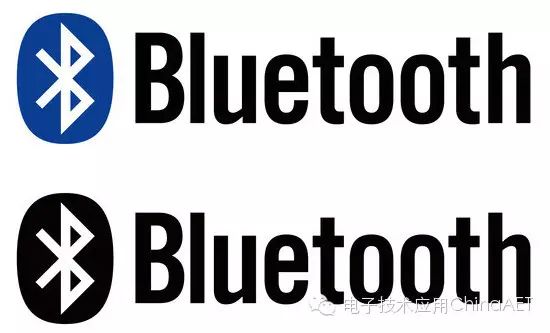
Bluetooth 4.2 has gone through 8 versions of updates: 1.1, 1.2, 2.0, 2.1, 3.0, 4.0, 4.1, and 4.2.
Bluetooth 1.1 Standard
1.1 is the earliest version, with a transmission rate of about 748~810kb/s. Being an early design, it is easily affected by interference from products operating on the same frequency, impacting communication quality.
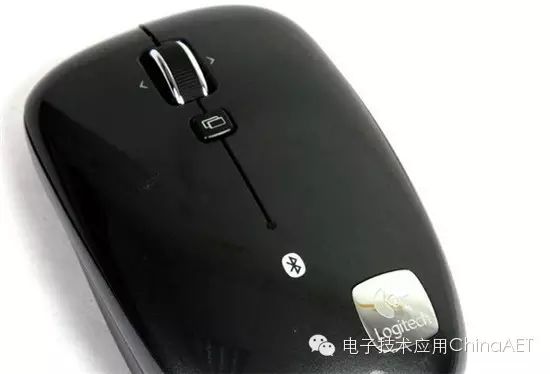
Bluetooth 1.2 Standard
1.2 also has a transmission rate of 748~810kb/s but adds an anti-interference frequency-hopping feature (improved software).
Bluetooth 2.0 Standard
2.0 is an improved version of 1.2, with a transmission rate of about 1.8M/s~2.1M/s, and it begins to support duplex mode—allowing voice communication while also transmitting files/high-quality images. The 2.0 version also supports stereo operation.
The most widely used is the Bluetooth 2.0+EDR standard, which was launched in 2004, and products supporting Bluetooth 2.0+EDR began to appear in large numbers in 2006.
Although the Bluetooth 2.0+EDR standard made significant technical improvements, the complex configuration process and high power consumption issues inherited from the 1.X standard still remain.
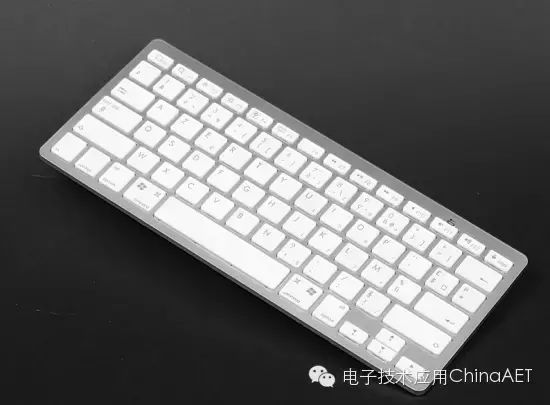
Bluetooth 2.1 Standard
On August 2, 2007, the Bluetooth Special Interest Group officially approved the Bluetooth 2.1 specification, known as “Bluetooth 2.1+EDR”, for future devices to use freely. Products from the same era as the 2.0 version still occupy a significant share of the Bluetooth market, and compared to the 2.0 version, the main improvement is that standby time has increased by more than double, with no fundamental changes in technical standards.
Bluetooth 3.0 Standard
On April 21, 2009, the Bluetooth Special Interest Group officially issued the new generation standard specification “Bluetooth Core Specification Version 3.0 High Speed”. The core of Bluetooth 3.0 is “Generic Alternate MAC/PHY” (AMP), a brand new alternate radio frequency technology that allows the Bluetooth protocol stack to dynamically select the correct radio frequency for any task.
The data transmission rate of Bluetooth 3.0 has increased to about 24Mbps (allowing the use of 802.11 WI-FI for high-speed data transmission when needed). In terms of transmission speed, Bluetooth 3.0 is eight times faster than Bluetooth 2.0, making it easy to transfer data between devices like camcorders and HD TVs, PCs and PMPs, or UMPCs and printers, but both ends must meet this standard to achieve functionality.
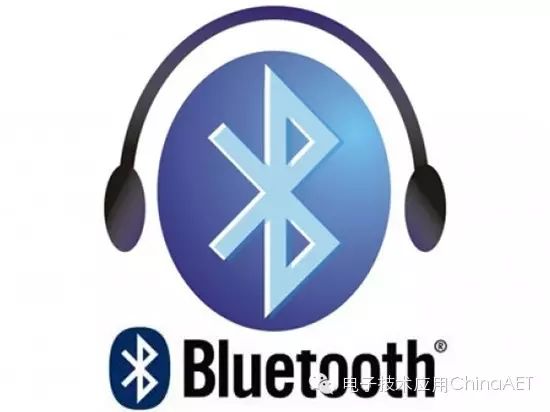
Bluetooth 4.0 Standard
The Bluetooth 4.0 specification was officially released on July 7, 2010. The most significant aspect of the new version is low power consumption, while enhancing device compatibility among different OEM manufacturers and reducing latency. The theoretical maximum transmission speed remains at 24Mbps (i.e., 3MB/s), with an effective coverage range expanded to 100 meters (previous versions had a range of 10 meters). This standard chip has been widely adopted in smartphones and tablets, such as Apple’s The New iPad and iPhone 5, as well as Meizu MX4 and HTC One X.
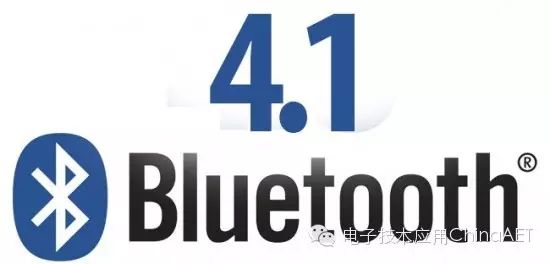
Bluetooth 4.1 Standard
Bluetooth 4.1 was released on December 6, 2013. When transmitting data alongside LTE radio signals, Bluetooth 4.1 can automatically coordinate the transmission information of both, theoretically reducing interference from other signals. Improvements include increased connection speed and smarter connectivity, such as reducing the time required for devices to reconnect. This means if a user steps out of the Bluetooth 4.1 signal range and disconnects, the device will automatically reconnect when the user returns to the signal range, with a response time shorter than that of Bluetooth 4.0. The final improvement is enhanced transmission efficiency; if a user is connected to many devices, such as multiple wearable devices, information can be sent instantly to the receiving device.

In addition, Bluetooth 4.1 provides developers with more flexibility. This change does not significantly affect ordinary users but is important for software developers, as Bluetooth must support simultaneous connections to multiple devices to meet the growing demand for wearable devices.
Currently, there are still relatively few phones that support this standard, with the Samsung GALAXY Note4 being one representative model.
Bluetooth 4.2 Standard
On December 4, 2014, the latest Bluetooth 4.2 standard was issued, improving data transmission speed and privacy protection, allowing devices to connect directly to the Internet via IPv6 and 6LoWPAN. Under the new standard, Bluetooth signals must obtain user permission to connect or track user devices; otherwise, the Bluetooth signal will be unable to connect or track user devices.
The speed has become faster, with data transmission speed between two Bluetooth devices increasing by 2.5 times due to the increased capacity of Bluetooth Smart data packets, which can hold about ten times the data of previous versions.
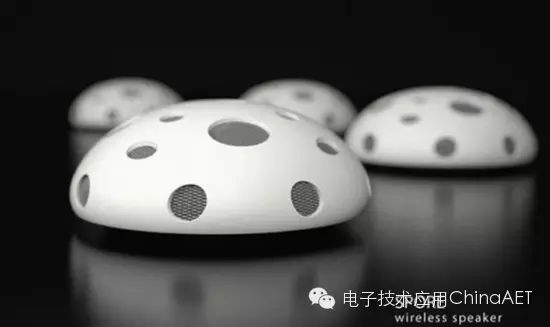
Naturally, the higher the Bluetooth version, the better it is. Considering transmission distance and power consumption, the latest Bluetooth 4.1 is preferred. However, there are currently not many products on the market that support Bluetooth 4.1, and mainstream Bluetooth 4.0 products offer better cost performance. As for Bluetooth 3.0, 2.1, and earlier versions, they have lost their purchasing value.
Conclusion: Bluetooth has many advantages, such as comprehensive encryption measures, stable transmission processes, and compatibility with a wide range of devices. From version 1.1 to 4.2, it has gone through a challenging process. The Bluetooth 2.1+EDR standard and 4.0 standard are the most commonly seen and widely used. Bluetooth technology is closely related to our lives, work, driving, entertainment, and multimedia. By using Bluetooth technology products, people can avoid the hassle of tangled cables while working from home, hold hands-free conference calls by connecting their phones to speakers, and listen to streaming music from home audio systems or other similar audio devices through wireless stereo headphones.
Each generation upgrade of the Bluetooth standard is undoubtedly attractive to electronic products like tablets and smartphones. Products equipped with higher version Bluetooth standards will enhance overall performance, such as broader pairing range, higher transmission speed, more energy-efficient, and direct Internet access. Additionally, it is believed that the application of Bluetooth will become more extensive and user-friendly in the future. However, the release of the Bluetooth 4.2 standard is still a minor version update and does not bring a turning point or revolutionary change. If there are still no significant reforms, it is quite possible that it will be replaced by the rapidly advancing NFC technology.

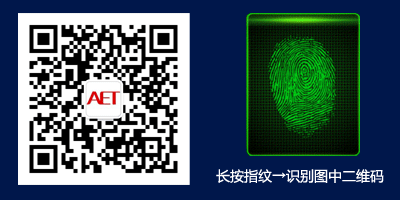
◆ ◆ ◆ ◆ ◆◆ ◆ ◆ ◆ ◆◆ ◆ ◆ ◆ ◆◆ ◆ ◆ ◆ ◆



Long press the QR code above to register and win many super prizes